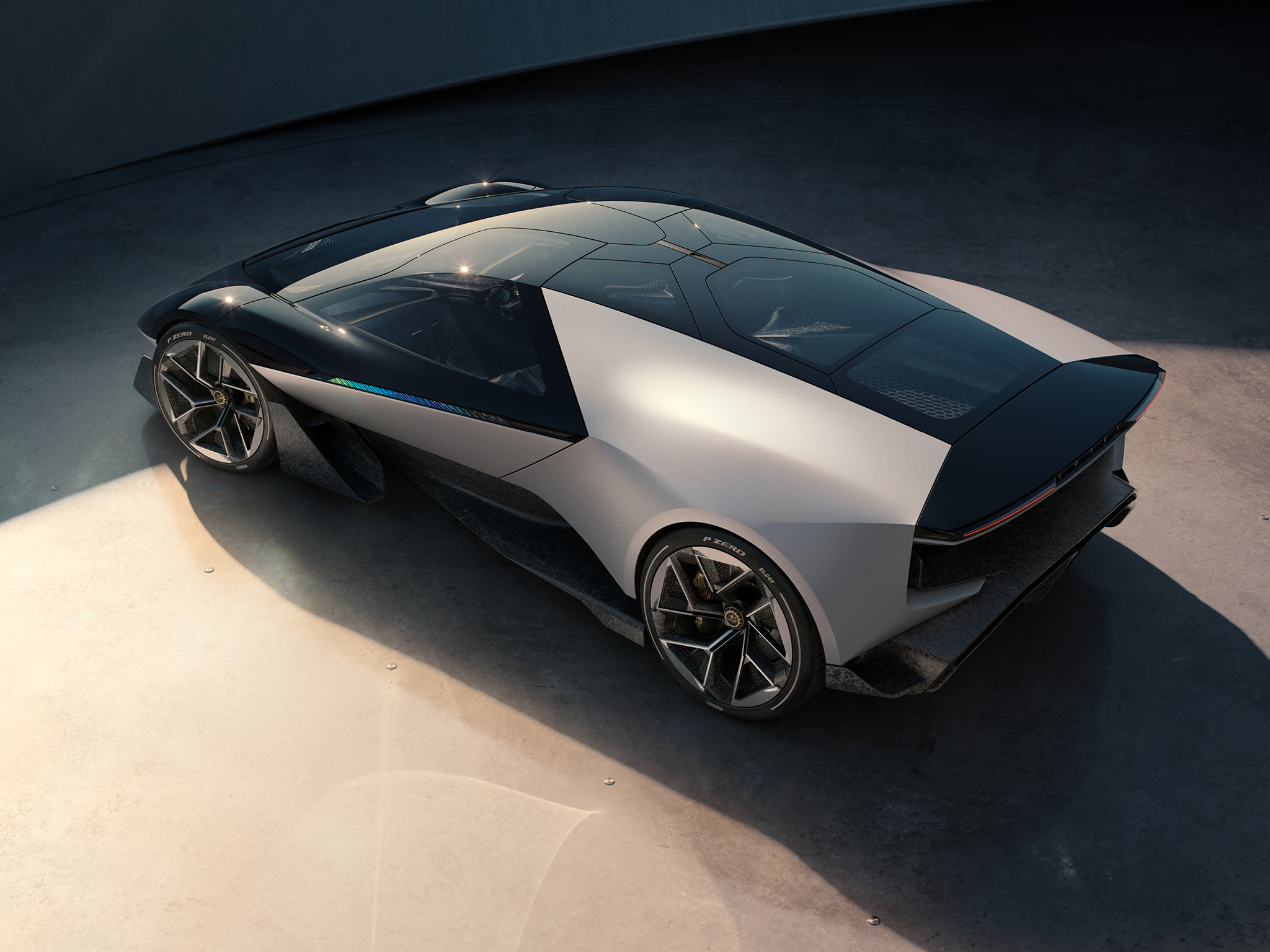Lotus brings back spirit of Esprit with all-electric Theory 1 concept car
The British sports car maker proves it’s not all about SUVs and saloons as it goes back to its lightweight roots

Your support helps us to tell the story
From reproductive rights to climate change to Big Tech, The Independent is on the ground when the story is developing. Whether it's investigating the financials of Elon Musk's pro-Trump PAC or producing our latest documentary, 'The A Word', which shines a light on the American women fighting for reproductive rights, we know how important it is to parse out the facts from the messaging.
At such a critical moment in US history, we need reporters on the ground. Your donation allows us to keep sending journalists to speak to both sides of the story.
The Independent is trusted by Americans across the entire political spectrum. And unlike many other quality news outlets, we choose not to lock Americans out of our reporting and analysis with paywalls. We believe quality journalism should be available to everyone, paid for by those who can afford it.
Your support makes all the difference.Lotus has revealed its vision of the future with the high-tech, lightweight Theory 1 concept car.
The low-slung sports car is battery powered, but eschews the trend for bigger batteries to give more power. Instead, it goes back to Lotus’s engineering heritage by focusing on low weight to boost performance.
The 70kWh battery and 1000hp motor, powered through an all-wheel drive system, enable the Theory 1 to get from 0-62mph in under 2.5 seconds and on to a top speed of 199mph. Key to those performance figures is the Theory 1’s weight of under 1,600kg – low for an electric car.
At 4,490mm long, 2,000mm wide and 1,140mm high, the Theory 1 is only marginally bigger than the second generation of the iconic Lotus Esprit, the car first made famous in the 1977 James Bond film The Spy Who Loved Me. That car transformed into a submarine and, in its own way, the Theory 1 is just as clever.

Inside, the driver sits centrally with a passenger sitting either side, but slightly behind the driver. A lightweight robotic textile material enables the car to communicate with the driver and passengers through inflatable pods on the seats and steering wheel that pulse to help the driver know when to turn, while also offering extra grip and support.
Lotus says it’s part of LOTUSWEAR, which it describes as “an immersive system that aims to deliver a personalised experience to every occupant in the car, designed to evoke a sense of raw emotion and pure excitement – and further connect them to the road”. The seats are integrated into the structure of the car.
LOTUSWEAR also includes lightweight 3D printed headrests, advanced lighting and a Technology Line – an OLED display that shows vehicle functions to the driver and passenger, and warns them of the presence of objects and pedestrians. The Technology line is a nod to the interior of the Lotus Esprit and an evolution of that already found in Lotus’s Eletre and Emeya all-electric models.
An all-new audio system from British hi-fi experts KEF is said to offer individual soundscapes for each of the occupants, while – although the car is electric – it will enhance speed sounds to up the excitement levels inside the car.
The stunning shape has been designed to be as sustainable as possible with far fewer body panels than is usual, with more lightweight materials being used. The highlight is a dramatic door system with the doors sliding backwards and up to allow for easy access in tight spaces. The rest of the bodywork features active and passive aerodynamics.
Although, strictly a concept, Lotus has revealed a remarkable amount of detail about the performance and some of the technical aspects of the car’s make up – going as far as working with F1 tyre maker Pirelli on bespoke tyres with as little environmental impact as possible, while AP Racing has provided the braking system.
As well as hinting at a potential production sports car, Theory 1 also introduces The Lotus Theory – the company’s new design manifesto that incorporates its DNA, standing for Digital, Natural and Analogue.
Ben Payne, Vice President of Design, Lotus Group said: “With Theory 1, we’ve built on everything Lotus has achieved so far in its 76-year history, to push the boundaries for what it means to drive a performance vehicle.”
“We want to demonstrate that you don’t need to compromise – with both digital and analogue capabilities working harmoniously in the future car. In doing this, we are able to bring drivers the best possible immersive driving experience with raw emotion, functionality and connectivity, at the core.”











Join our commenting forum
Join thought-provoking conversations, follow other Independent readers and see their replies
Comments